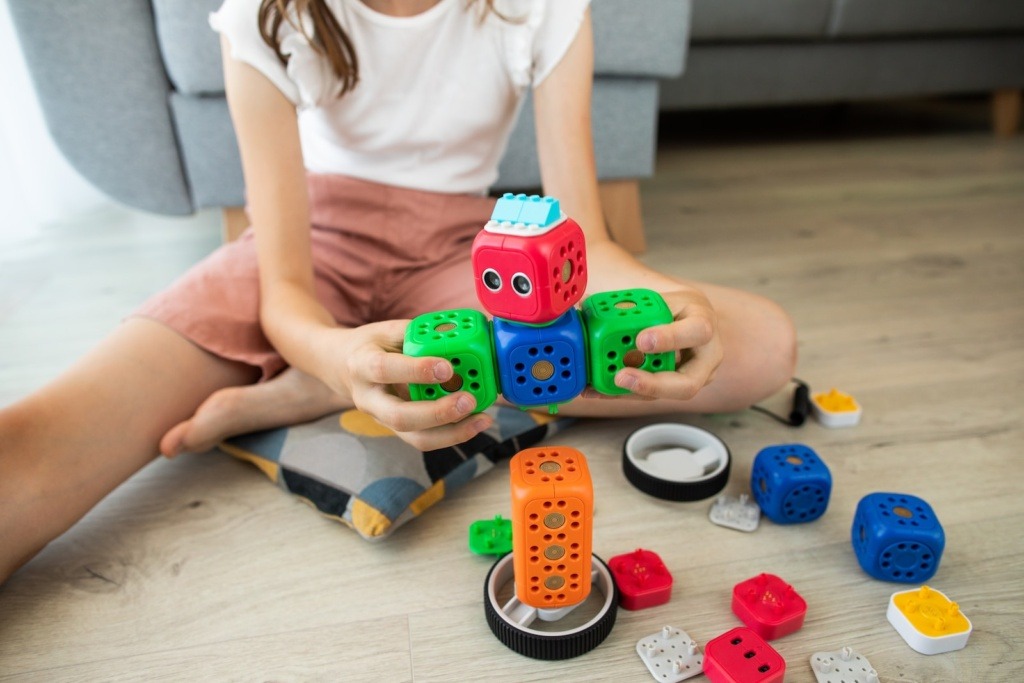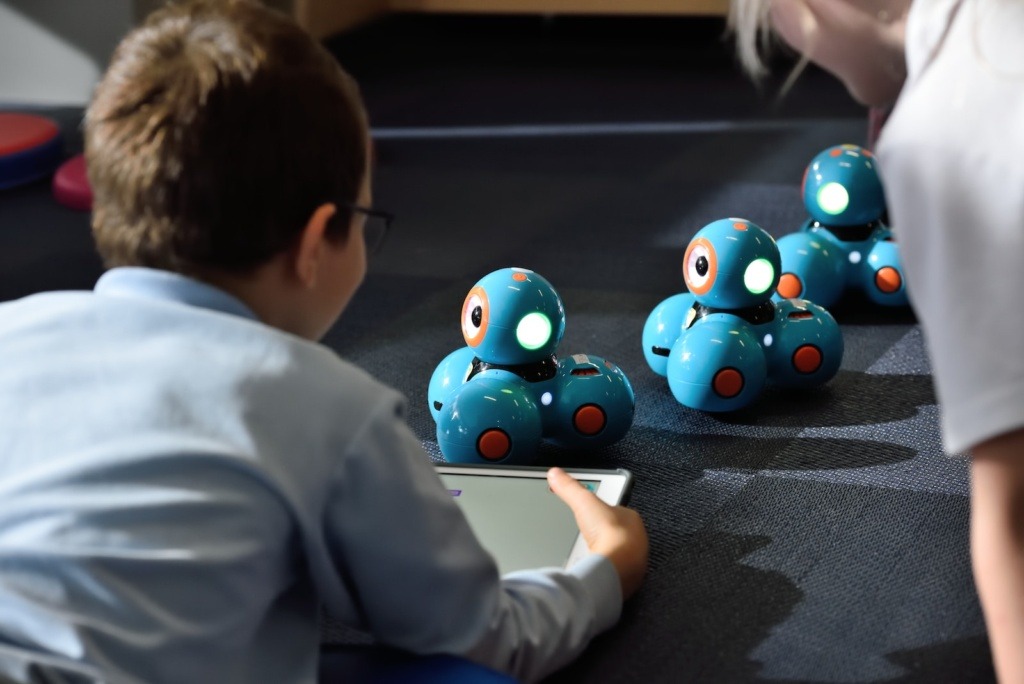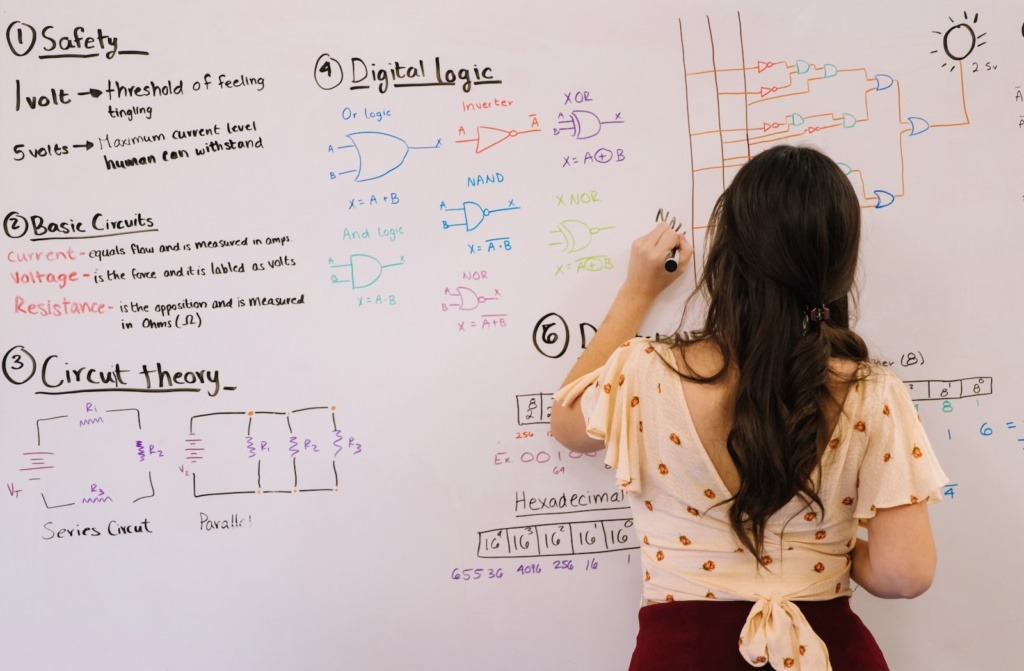Project-based learning (PBL) is a dynamic educational approach that empowers students to explore, create, and engage with meaningful, real-world projects. In this blog post, we will delve into the power of project-based learning and how it nurtures creativity in the classroom. Discover how PBL ignites students’ curiosity, cultivates critical thinking and problem-solving skills, and fosters collaboration. Explore the benefits, strategies, and examples of project-based learning, and discover how this innovative approach prepares students to thrive in the 21st century.
Section 1: Understanding Project-Based Learning

Explore the principles and characteristics of project-based learning. Gain insights into how PBL promotes student agency, authenticity, and connections to real-world contexts.
Section 2: Igniting Curiosity and Intrinsic Motivation

Discover how project-based learning sparks curiosity and intrinsic motivation in students. Explore how open-ended projects and real-world relevance inspire students to delve deeper into their areas of interest.
Section 3: Cultivating Critical Thinking and Problem-Solving Skills

Project-based learning develops critical thinking and problem-solving skills by engaging students in authentic, complex challenges. Learn how PBL encourages students to analyze, evaluate, and develop innovative solutions.
Section 4: Fostering Collaboration and Communication

Collaboration and communication are essential skills for success in the modern world. Explore how project-based learning facilitates teamwork, effective communication, and interpersonal skills as students collaborate on multidisciplinary projects.
Section 5: Connecting to Real-World Contexts

Discover how project-based learning bridges the gap between classroom learning and the real world. Explore how students apply their knowledge and skills to authentic problems, connecting their learning to real-world issues and contexts.
Section 6: Assessing and Evaluating Project-Based Learning

Assessment in project-based learning goes beyond traditional tests and exams. Learn about alternative assessment methods, such as rubrics, portfolios, and presentations, that effectively evaluate student learning and project outcomes.
Section 7: Examples and Strategies for Implementing Project-Based Learning

Explore examples and strategies for implementing project-based learning in the classroom. Discover how to design engaging projects, scaffold learning, provide guidance, and create a supportive environment for student exploration and creativity.
Conclusion:
Project-based learning empowers students to become creative, critical thinkers and problem solvers. By igniting curiosity, cultivating critical thinking skills, fostering collaboration, and connecting learning to real-world contexts, PBL prepares students for the challenges and opportunities of the 21st century. Embrace the power of project-based learning to create engaging, student-centered classrooms that foster creativity, innovation, and a passion for lifelong learning.
